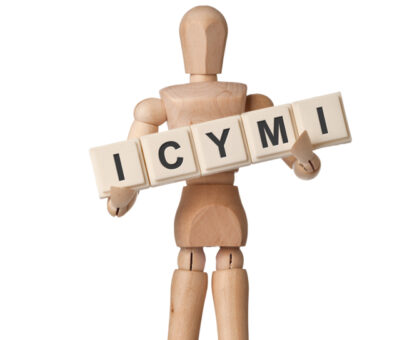If you’ve been feeling an additional strain on your pocketbook lately, you’re not alone. As the US continues its fight against inflation by keeping interest rates high– disposable income and consumer buying power are feeling the pain.
How Is Inflation Measured?
The most common measure of inflation is the Consumer Price Index (CPI). As defined by the US Bureau of Labor Statistics, “ the CPI is a measure of the average change over time in the prices paid by urban consumers for a market basket of consumer goods and services.” As a simplified example, if you went out today to fill up your gas tank, grab a coffee, and do your grocery shopping, then repeated that same action six months down the road, the difference in the total dollar amounts spent would be inflation.
What Drives Inflation?
At its heart, inflation is driven by supply and demand. When the number of people who can afford an item is greater than the quantity available (due to supply chain issues, labor shortages, etc.) that drives costs higher. Conversely, when shrinking cash flow leads consumers to cut back their spending, businesses wind up with surplus inventory and may reduce prices to entice customers.
“Ironically, household budgets are taking significant hits from the same high interest rates meant to curb inflation.”
Inflation And Interest Rates
Raising interest rates is one way to help keep inflation in check. When it’s more expensive to borrow money, it’s less attractive to borrow money. This effectively shrinks the amount of cash available to spend. When interest rates are low, the finance charges on a $3,000 TV might be easily absorbed into your monthly budget, but when that rate rises to a higher level, you’re probably more likely to skip that purchase – keeping more inventory on the shelf.
A Missing Factor In Measuring Inflation?
You would think that, with reports showing moderate inflation and a strong job market boasting near-record-low unemployment, consumer sentiment would be booming. But it isn’t. Ironically, household budgets are taking significant hits from the same high interest rates meant to curb inflation. From adjustable-rate mortgages to variable-rate credit cards, rate hikes are taking a bite out of the bottom line. Despite interest rates being a tool for reducing inflation, they’re not a factor in measuring inflation. While inflation numbers may measure how much the price of a car has increased year-over-year, it seems to ignore how much the increased cost of financing that car will raise your payment. And that amount reflects the real impact on your budget.


























